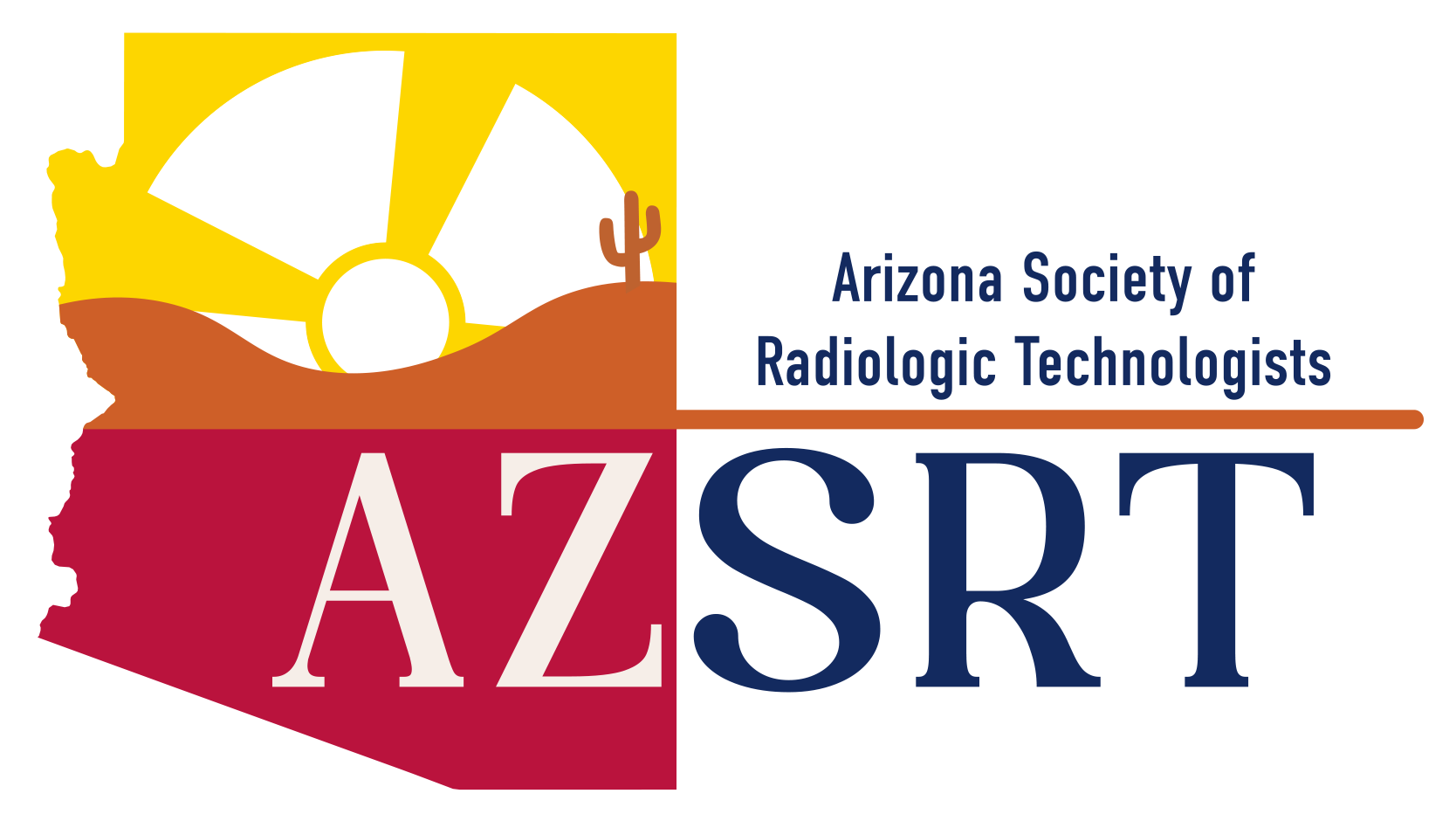Modalities
Computed Tomography (CT)
Computed Tomography (CT) employs X-rays and advanced computer processing to produce detailed cross-sectional images of the body. During the procedure, the patient lies on a movable table that slides through a circular scanner, while the X-ray tube rotates around them, capturing multiple images from various angles. These images are then processed to create both two-dimensional and three-dimensional views of internal structures, including bones, organs, and tissues. CT scans are essential for diagnosing a range of conditions, such as tumors, injuries, and infections, and they play a vital role in treatment planning and monitoring.
Conventional Radiography (X-Ray)
Conventional Radiography (X-Ray) is a medical imaging technique that produces images by passing a small amount of X-ray radiation through the body to create a visual representation on an image receptor. The varying degrees to which different tissues attenuate the X-rays—due to differences in density and composition—result in a contrast that forms the image. This method is commonly used for diagnosing conditions related to bones, organs, and other structures, providing essential insights for medical evaluation and treatment.
DEXA (Dual Energy X-ray Absorptiometry)Radiography (X-Ray)
DEXA (Dual Energy X-ray Absorptiometry) is a specialized imaging technique that measures bone density using low levels of X-ray radiation and advanced computer analysis. After the scan, the system processes the data to produce numerical values that reflect bone density levels. DEXA is recognized as the gold standard for accurately diagnosing osteoporosis and assessing fracture risk, making it an essential tool in bone health evaluation.
Fluoroscopy
Fluoroscopy is a medical imaging technique that provides real-time visualizations of internal structures and processes within the body. It is often used at the patient’s bedside for various applications, including guiding tube placements, visualizing procedures like bronchoscopy, and assisting during surgical interventions such as hardware insertion or removal. This dynamic imaging allows healthcare providers to observe movement and function, facilitating precise and effective treatments.
Interventional Radiography
Interventional Radiography is a specialized branch of medical imaging that uses minimally invasive techniques guided by imaging technologies, such as fluoroscopy, ultrasound, CT, or MRI, to perform diagnostic and therapeutic procedures. Interventional radiologists use these imaging modalities to navigate instruments through the body to treat various conditions, such as performing biopsies, placing catheters, treating tumors, or managing vascular issues. This approach allows for effective treatments with reduced recovery times, less pain, and lower risks compared to traditional surgical methods, making it a valuable option for many patients.
Magnetic Resonance Imaging (MRI)
Magnetic Resonance Imaging (MRI) is an advanced imaging technique that utilizes strong magnetic fields, radio waves, and sophisticated computer systems to visualize variations in tissue densities within the body. This non-invasive method allows for detailed imaging of internal structures, providing diagnostic insights that previously would have required surgical exploration. MRI is particularly effective for assessing soft tissues, making it invaluable in diagnosing conditions related to the brain, spine, joints, and other organs.
Mammography
Mammography is a vital imaging technique specifically designed for breast cancer screening and diagnosis. It involves a detailed X-ray examination that requires precise positioning of the breast to ensure high-quality, diagnostic images. Given its importance, mammographers undergo specialized training and must obtain separate licensure to perform these examinations. Their expertise is essential for accurately detecting abnormalities and providing effective breast health assessments
Nuclear Medicine
Nuclear Medicine utilizes small amounts of radioactive materials, known as radiopharmaceuticals, to diagnose and treat diseases. It employs gamma or PET cameras alongside computer technology to create images that provide valuable information about specific areas of the body. This imaging technique helps detect and monitor various conditions, offering insights into physiological processes and aiding in targeted treatment approaches.
Positron Emission
Tomography (PET) Scan
Positron Emission Tomography (PET) Scan is an advanced imaging technique that uses small amounts of radioactive tracers to visualize metabolic processes in the body. During a PET scan, the tracer is injected into the patient, where it accumulates in areas of high metabolic activity, such as tumors. The scanner detects the radiation emitted by the tracer and generates detailed images that reveal how organs and tissues are functioning. PET scans are particularly valuable for diagnosing and monitoring cancer, assessing brain disorders, and evaluating heart conditions, providing crucial insights for treatment planning.
Radiation Therapy
Radiation Therapy employs targeted, high doses of radiation to treat and eliminate cancer cells in specific areas of the body. The radiation dose is customized to meet each patient’s needs, carefully calibrated and administered over a set time period to maximize effectiveness while minimizing exposure to surrounding healthy tissues. This treatment plays a crucial role in managing various types of cancer, either alone or in combination with other therapies.
Ultrasound
Ultrasound is an imaging technique that operates on principles similar to sonar. High-frequency sound waves are transmitted into the body and reflect off soft tissues, creating echoes. These echoes are captured and processed to generate images displayed on a high-resolution monitor. Ultrasound is widely favored for its non-invasive nature, diagnostic accuracy, and the fact that it uses no ionizing radiation, making it a safe option for various medical assessments.

